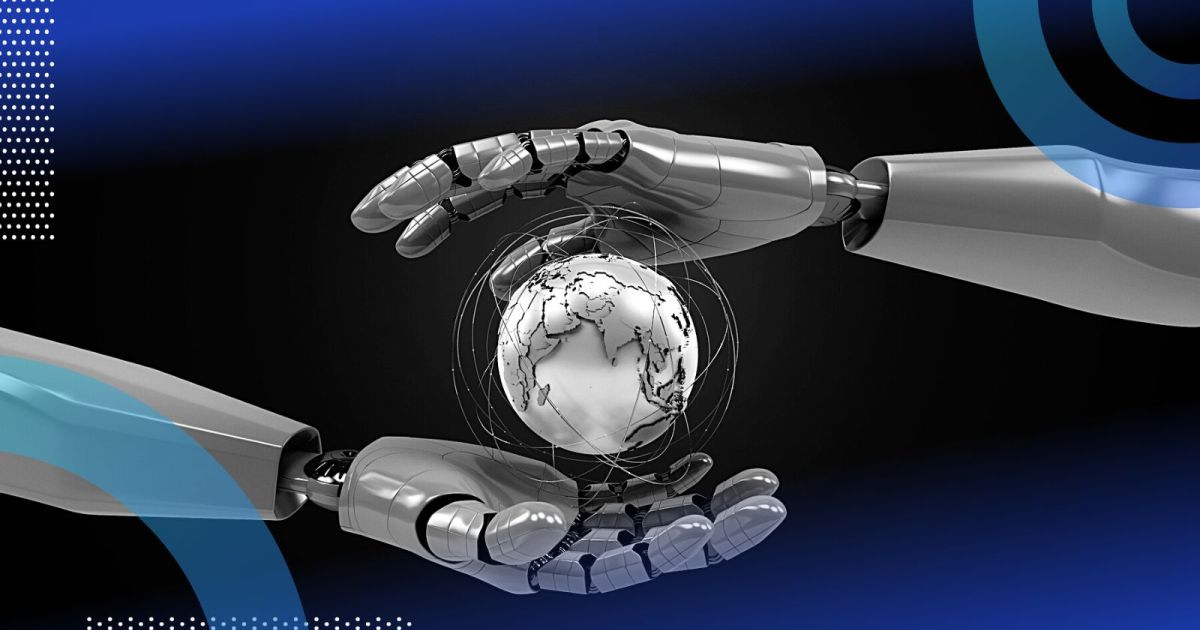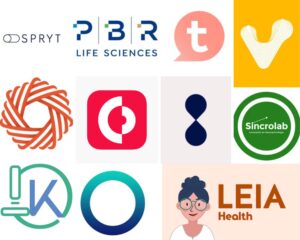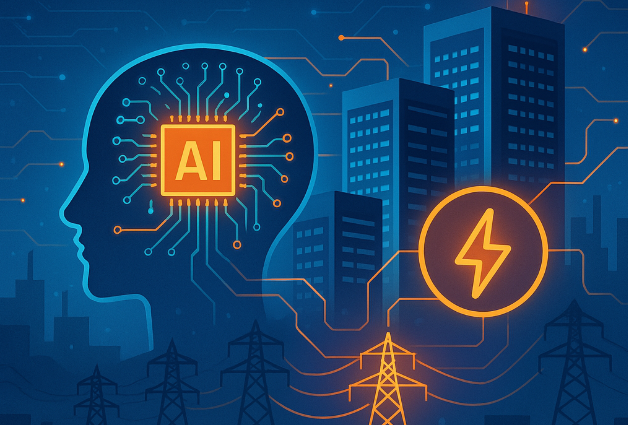A relatively recent area of artificial intelligence called “generative AI” is capable of producing content that resembles that of humans, including computer code, poetry, films, and images.
Many various methods are employed to do this. These were largely developed during the past ten years, drawing upon past research in neural networks, transformer models, and deep learning.
They are all based on data to “learn” how to create content, but they employ very different approaches outside of that. Here is a summary of some of the categories they fit under and the kinds of material they can produce.
- Large Language Models

The core technology underlying cutting-edge generative AI tools like ChatGPT, Claude, and Google Gemini is large language models (LLMs). In essence, these are neural networks trained on vast volumes of textual data, which enables them to discover word relationships and anticipate the subsequent word in any given word sequence. To enable them to perform particular jobs, they can then receive additional training on texts about specialized topics. This process is referred to as “fine-tuning.”
Words are divided into units called “tokens,” which can be single, tiny words, segments of greater words, or groups of prefixes, suffixes, and other linguistic components that are commonly found together in written language. After that, they are transformed into organized numerical data that computers can understand using the mathematical technique known as matrix transformation.
In addition to producing text and computer code, language learning modules (LLMs) have enabled computers to comprehend natural language inputs for many purposes, such as sentiment analysis, language translation, and other generative AI applications like text-to-image or text-to-voice. However, bias, AI hallucinations, false information, deepfakes, and the use of intellectual property to train algorithms have all been raised as ethical issues by their use.
- Diffusion Models

Diffusion models operate through a procedure called “iterative denoising,” which is commonly employed in the creation of images and videos. Random “noise” is generated by the computer based on a text prompt that it can comprehend and utilize to construct an image. You can see this as the beginning of drawing a picture by randomly scribbling on paper.
The final image’s features are determined by gradually refining the scribbles with the help of training data. “Noise” is eliminated at each stage as the image is progressively modified to incorporate the required features. This eventually results in the generation of a completely new image that doesn’t already exist in the training data but matches the text prompt.
The most sophisticated diffusion models available today, such Stable Diffusion and Dall-E, may produce visuals that mimic paintings and sketches of any type in addition to photo-realistic images. Furthermore, as recently shown by OpenAI’s ground-breaking Sora model, they are becoming more and more capable of producing videos.
- Generative Adversarial Networks

When Generative Adversarial Networks (GANs) first appeared in 2014, they immediately rose to the top of the list of models for producing artificial content, including text and graphics. The fundamental idea is to compare two distinct algorithms with one another. The “generator” and the “discriminator,” two distinct individuals, are tasked with continuously improving their ability to outsmart one another. The discriminator looks for signs of authenticity while the generator tries to produce realistic content. Everybody gains knowledge from one another and improves at what they do until the generator can produce content that approaches “reality” as closely as feasible.
GANs are still regarded as flexible and potent tools for generating images, video, text, and sound, and are widely used for computer vision and natural language processing tasks, despite predating the large language models and diffusion models used in attention-grabbing tools like ChatGPT and Dall-E.
- Neural Radiance Fields

The most recent technology discussed here is Neural Radiance Fields (NeRFs), which only became apparent in 2020. They are specifically used to produce representations of 3D objects using deep learning, in contrast to other generative technologies. This entails producing an element of an image that the “camera” is unable to view, such as the backside of an object that has been photographed from the front or an object in the background of an image that is hidden by an object in the foreground.
This is accomplished by employing neural networks to model the geometry and characteristics of an object, such as the way light reflects off of it, and by forecasting elements like the volumetric properties of things and mapping them to 3D spatial coordinates.
This makes it possible to, for instance, replicate a two-dimensional picture of an object, such a tree or a structure, into a three-dimensional representation that can be viewed from all directions. Nvidia invented this approach, which is being used to visualize robotics, architecture, and urban planning in addition to creating 3D landscapes that can be explored in simulations and video games.
- In Generative AI, Hybrid Models

The creation of hybrid models, which blend several methods to produce creative content creation systems, is one of the most recent developments in the field of generative AI. To create more accurate and realistic results, these models combine the advantages of several techniques. For example, they combine the iterative denoising of diffusion models with the adversarial training of Generative Adversarial Networks (GANs). Hybrid models can provide improved context and adaptability by fusing Large Language Models (LLMs) with other neural networks, producing outcomes that are more precise and pertinent to the situation. Using a hybrid approach opens up new applications, such as text-to-image creation, where combining various generative approaches produces outputs that are more varied and complex, and enhances virtual worlds. Hybrid approaches in software development are versatile, as demonstrated by DeepMind’s AlphaCode, which generates high-quality computer code by combining the capabilities of Large Language Models (LLMs) with reinforcement learning. Another illustration is the text-to-image models produced by OpenAI’s CLIP, which combines text and image recognition skills. With its ability to comprehend intricate connections between text and images, CLIP may be used in a wide range of generative applications.
New techniques and applications for generative AI are always being developed. We may anticipate seeing even more cutting-edge methods that combine several methodologies to produce sophisticated AI systems as the field develops. It is anticipated that the upcoming ten years will witness innovative uses of technology that will revolutionize several sectors and alter our relationship with it.
















